Domestically, gold prices increased sharply at the end of the week and the increase continued in the first session of this week.
Opening the trading session this morning (June 16), the price of SJC gold bars skyrocketed by 700,000 VND/tael for buying and more than 200,000 VND/tael for selling compared to the closing session last weekend, up to 118.5-120.5 million VND/tael (buying - selling).
However, at 10:06 a.m., the price of SJC gold bars decreased by 200,000 VND/tael in both buying and selling compared to early morning, to 118.2-120.2 million VND/tael (buying - selling).
Domestic gold ring prices this morning were also adjusted up by brands.
The price of 1-5 chi SJC gold rings this morning was listed at 113.9-116.4 million VND/tael (buy - sell), an increase of 200,000 VND/tael in both directions. The price of 9999 gold rings at Doji was traded at 116-118 million VND/tael, a sharp increase of 1 million VND/tael compared to the closing price last week.
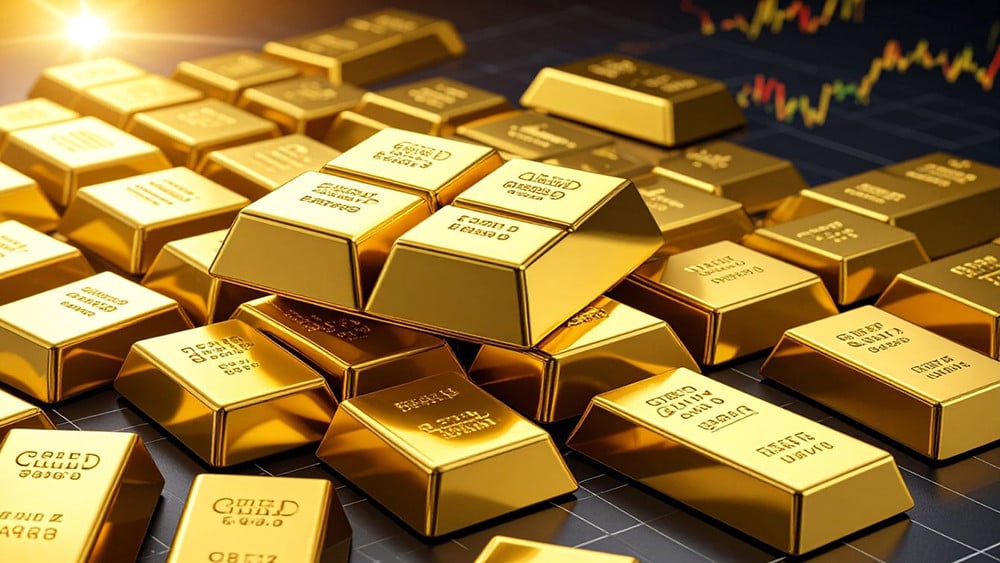
Meanwhile, in the first trading session of the week, the world gold price decreased slightly. At 11:00 a.m. (June 16, Vietnam time), the spot gold price was listed at 3,429 USD/ounce. The gold futures price for August 2025 delivery on the Comex New York floor traded at 3,451 USD/ounce.
Meanwhile, the world gold price last week had a dramatic development, from a stable sideways state to a strong breakthrough, surpassing the 3,440 USD/ounce mark due to the soaring demand for safe havens after the conflict in the Middle East broke out.
As news of Iran's initial response was confirmed to be not too serious, gold prices cooled down, retreating to initial support near $3,414/ounce.
According to Kitco, the spot gold price closed last week at $3,430/ounce. The gold futures price for August 2025 delivery on the Comex New York floor traded at $3,452/ounce.
What will the price of gold be next?
After a volatile trading week with a strong breakout due to the escalating conflict in the Middle East, the world gold price is showing signs of cooling down. Investors are wondering what the gold price will be like next?
Daniel Pavilonis, senior commodities broker at RJO Futures, provides in-depth analysis of the correlation between oil and gold prices during previous Middle East tensions to forecast upcoming market trends.
Mr. Pavilonis said the price of oil could be used as an indicator of what happened to gold. Both are inflation hedges and are influenced by bond yields.
Oil prices spiked to $77 a barrel at the same time gold hit its session high, but both later fell sharply as news emerged that Iran’s initial response was less severe than feared.
It is surprising that gold prices have not surpassed the peak set in April. Mr. Pavilonis said that if tensions in the Middle East continue to escalate, gold prices could rise. But if the situation calms down, gold prices will remain high and move sideways, as the market has seen in the past few months.
“Gold has not broken the old highs yet, I think it needs to climb further to get there,” Pavilonis said.
The biggest recent driver of gold's price increase has been geopolitical factors, but price increases due to conflicts tend to be short-lived. The same thing happened to gold in April last year, when prices jumped and then fell.
While concerns about tariffs and trade with China remain, inflation has eased significantly and many other hurdles have been cleared, slowing the factors that pushed gold higher after the April surge. Another geopolitical factor is needed to push prices higher.
If the rally starts to lose momentum, it could be a double top for gold, Pavilonis said, adding that further turmoil in the Middle East would be needed to push the price above $3,509 or $3,510 an ounce.
Pavilonis advised investors to start looking at reducing their gold positions at this point if they missed the opportunity to take profits at $3,509. As gold peaked, investors saw other markets moving higher, such as silver, platinum and palladium.
If you look at the position of gold and silver, silver should probably be at $50 an ounce. Investors can buy more silver for an ounce of gold. This analysis shows the potential for silver to rise relative to gold in the near term, attracting the attention of investors looking for new opportunities in the precious metals market.
According to Alex Kuptsikevich, senior market analyst at FxPro, relentless demand from central banks has pushed the share of gold in foreign exchange reserves to 20%.
The precious metal has now surpassed the euro’s 16% share, trailing only the US dollar at 46%. In the 2022-2024 period, regulators have increased gold purchases by more than 1,000 tonnes per year. Total gold reserves reached 36,000 tonnes at the end of last year, approaching the record of 38,000 tonnes set in 1965.
A weaker US dollar and falling Treasury yields also supported gold prices. Geopolitical events also contributed to the rise in gold prices.
“Demand for gold is increasing as the risk of a new conflict in the Middle East increases. The future of gold prices will depend on testing the resistance level at $ 3,400 / ounce,” Kuptsikevich forecasts.
The gold market is in a balance between geopolitical risks and correction pressure. Investors need to be flexible to seize opportunities, especially when prices approach key resistance levels.
Source: https://vietnamnet.vn/vang-but-pha-nho-trung-dong-du-bao-gia-vang-sap-toi-ra-sao-2411677.html




























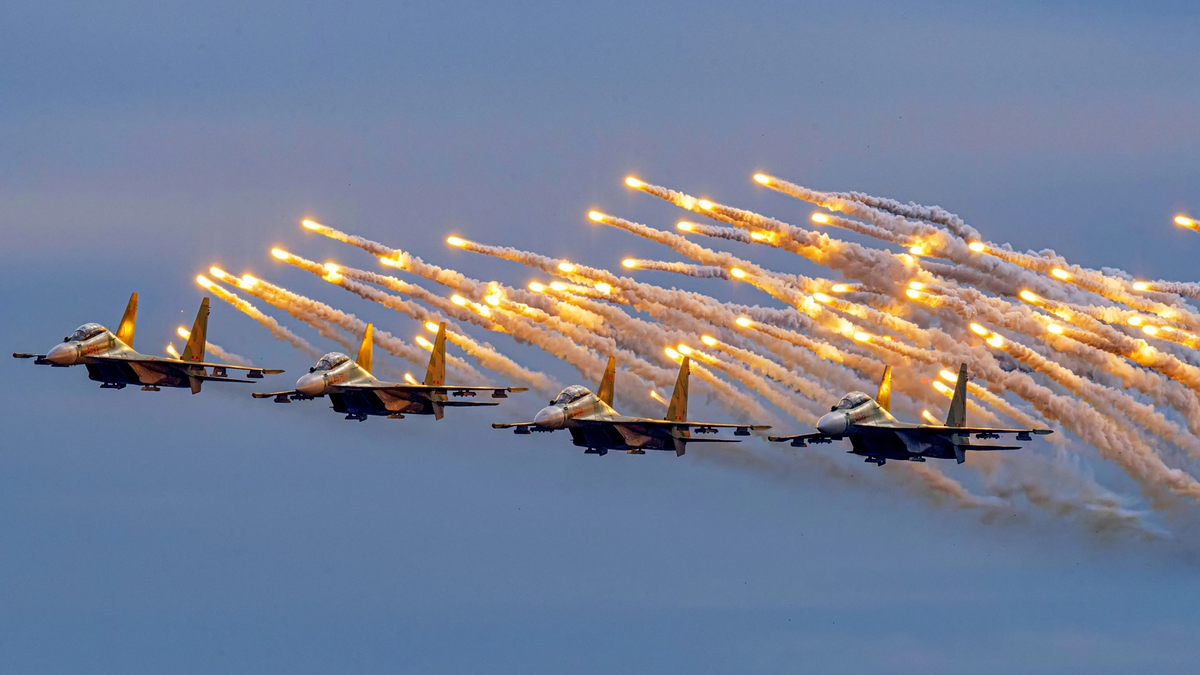
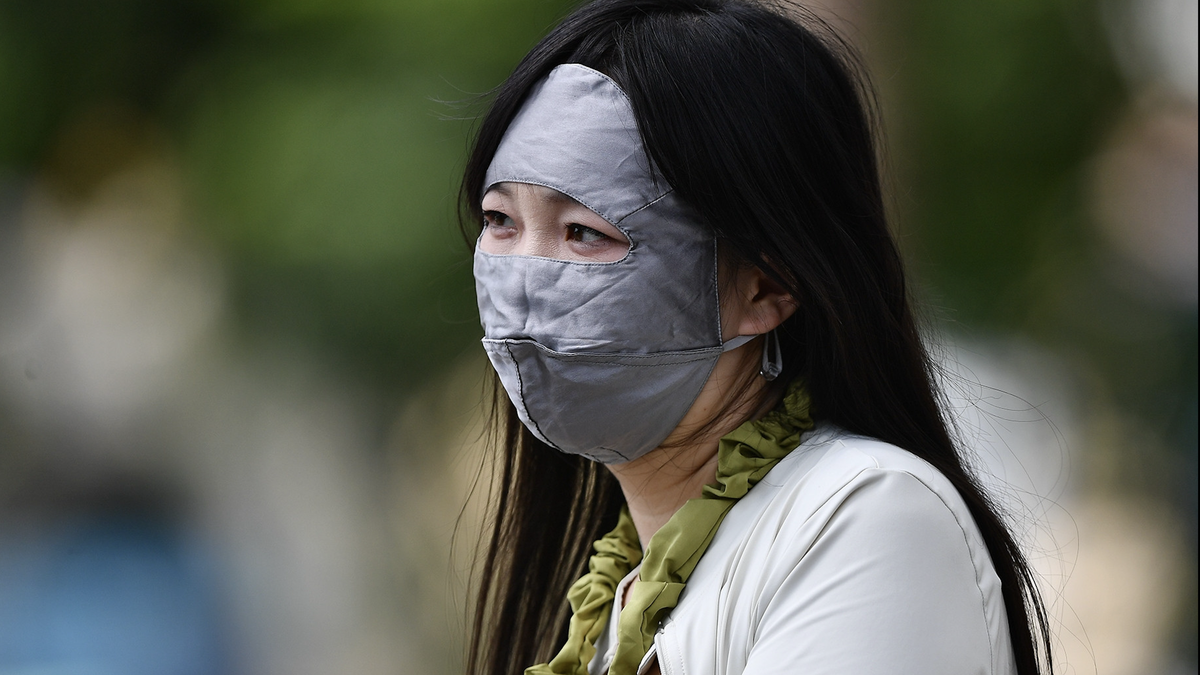
























![[Maritime News] Two Evergreen ships in a row: More than 50 containers fell into the sea](https://vphoto.vietnam.vn/thumb/402x226/vietnam/resource/IMAGE/2025/8/4/7c4aab5ced9d4b0e893092ffc2be8327)












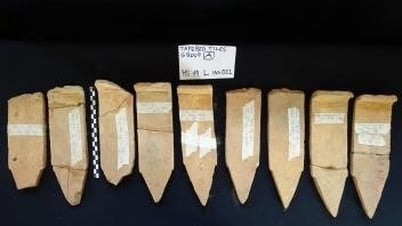
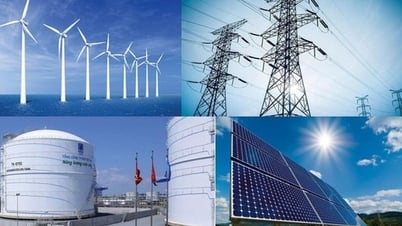






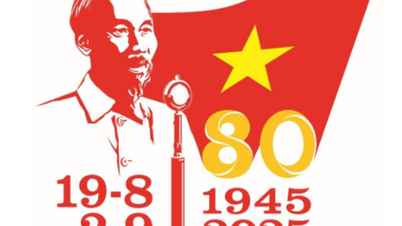






















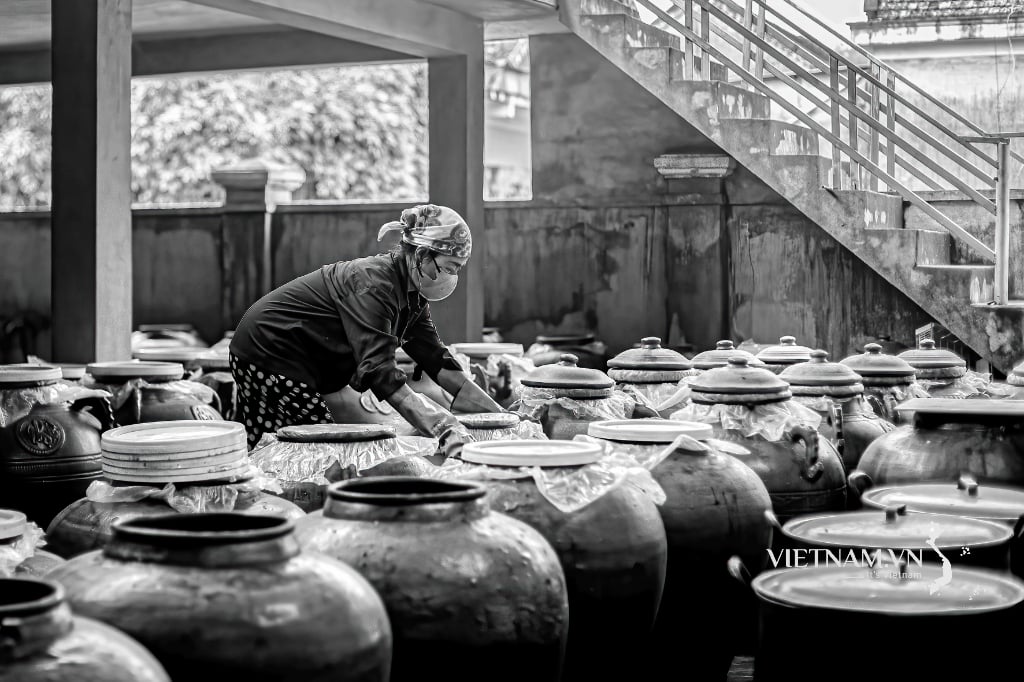
Comment (0)